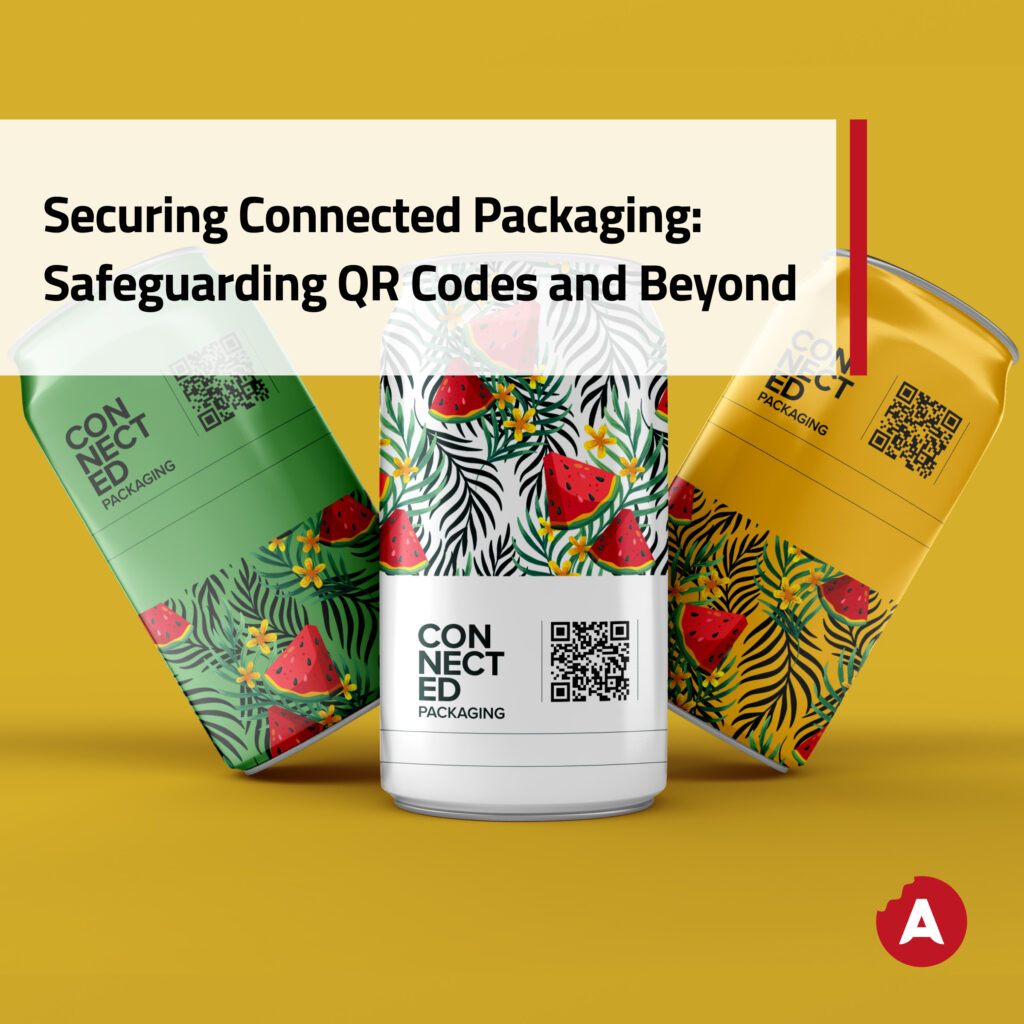
Living in an ever-evolving digital age we can see that connected packaging is revolutionizing the consumer experience and supply chain management. This innovation promises to enhance product traceability, improve consumer engagement, and streamline operations. However, it also presents significant challenges, such as inconsistent connectivity and potential damage to brand image. In this article, we will delve into the dual nature of connected packaging, examining both its transformative potential and the hurdles it presents.
The Frustration: Inconsistent Connectivity
Connected packaging relies heavily on robust and reliable internet connections to function effectively. Unfortunately, inconsistent connectivity remains a significant issue, disrupting the user experience and undermining the technology’s benefits. Consumers may encounter difficulties accessing digital content, scanning QR codes, or interacting with smart labels due to poor connectivity.
Technical Challenges and Potential Solutions
Addressing inconsistent connectivity requires a multifaceted approach. Brands must invest in high-quality, reliable technology and infrastructure. Implementing offline functionality, where possible, can also mitigate connectivity issues. Additionally, thorough testing in various environments can help ensure that connected packaging performs reliably under different conditions.
The Desire: Enhanced Product Traceability
In today’s market, consumers demand greater transparency and accountability from brands. Connected packaging meets this need by providing enhanced product traceability. This technology allows consumers to access detailed information about a product’s origin, ingredients, and supply chain journey with a simple scan of a connected package.
Meeting Consumer Demand for Transparency
Brands can leverage connected packaging to build trust and loyalty among consumers. For example, a connected package for a food product can display its farm-to-table journey, ensuring consumers of its authenticity and quality. Successful implementations, such as wine brands offering detailed vineyard information or fashion companies showcasing ethical sourcing, demonstrate the powerful impact of connected packaging on consumer trust.
The Fear: Brand Image Damage
While connected packaging offers numerous benefits, it also carries risks. Technical failures, such as malfunctioning QR codes or app issues, can frustrate consumers and damage a brand’s reputation. More critically, data breaches associated with connected packaging can lead to significant brand image damage and loss of consumer trust.
Analyzing Risks and Preventative Measures
To mitigate these risks, brands must prioritize data security and robust technical implementation. Regular audits, stringent security protocols, and transparent communication about data use can help protect against breaches. Additionally, brands should have contingency plans in place to quickly address and rectify any technical failures that may arise.
Balancing Act: Strategies for Success
Successfully navigating the challenges of connected packaging requires a strategic approach. Brands should focus on several key areas to ensure the successful implementation of this technology.
Best Practices for Implementing Connected Packaging
- Invest in Quality Technology: Ensure that the connected packaging technology used is reliable and well-tested.
- Prioritize Security: Implement stringent security measures to protect consumer data and prevent breaches.
- Enhance User Experience: Design user-friendly interfaces and provide clear instructions for consumers to interact with connected packaging.
- Transparency and Communication: Be transparent about the data collected and its use, and communicate openly with consumers about any issues that arise.
- Continuous Improvement: Regularly review and update connected packaging solutions to address any emerging challenges and improve performance.
Connected packaging represents a significant step forward in the digital transformation of consumer goods and supply chain management. By enhancing product traceability and improving consumer engagement, it offers substantial benefits. However, brands must carefully navigate the challenges of inconsistent connectivity and potential brand image damage. By adopting best practices and prioritizing consumer trust, brands can harness the full potential of connected packaging and build stronger, more transparent relationships with their customers.
In the future, connected packaging will continue to evolve, driven by advancements in technology and increasing consumer demand for transparency. Brands that effectively balance the opportunities and challenges of connected packaging will be well-positioned to thrive in the digital age.
